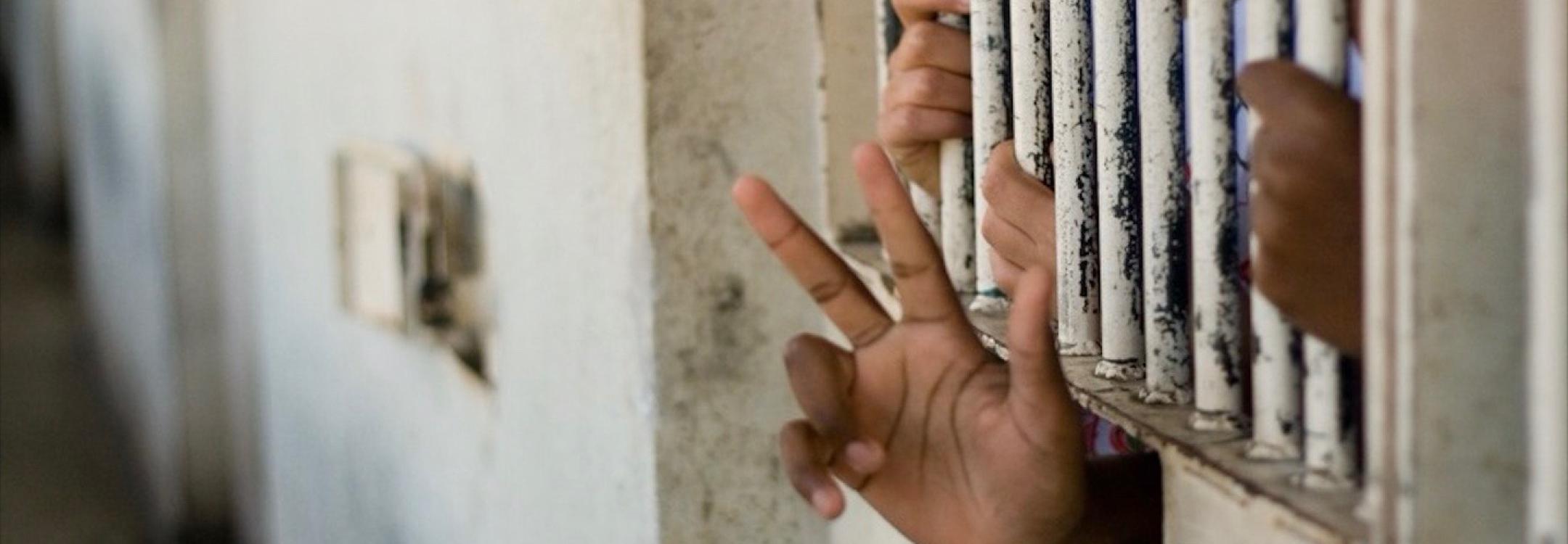
Author: Olivia Rope
A third of the world’s population are facing some level of restriction on their movement as governments attempt to contain the novel coronavirus. Limits on ‘normal’ life range from mass gatherings to complete ‘lockdowns’ with penalties for leaving home without the required paperwork.
Lockdowns have also been seen in national prison systems the world over with fears of the disease ‘rampaging through places of detention’. There is a reason to be fearful. Prisons are notoriously hotbeds for infectious diseases. People live and sleep on top of each other – in the literal sense in some countries – and there is little fresh air, lack of nutritious food and shortages in healthcare provision as documented in our recent report, Global Prison Trends 2020. To-date there have been almost 40,000 cases of infection among people in prison reported and tracked across 60 countries and around 750 deaths in 28 countries – although the numbers will in fact be much higher.
When we look at the lockdowns people in prison are facing, we can see that like with many things, what is happening in the community is not only mirrored in prisons but magnified.
Lockdowns in prisons have shut off or drastically reduced visitation rights in most prisons. Some prisons have retained a level of visits through testing of those coming in, and other systems have increased other means of contact. But with around 1 in 7 people in prison having a serious mental health condition and mental wellbeing being a constant struggle for those separated from families and normal life, regular visits (especially with children) are a lifeline. Aside from emotional support, many people detained rely on visits for essential items which are provided by family, charities, or other support networks. Visitor bans has meant no access to the delivery of medicines, money for purchasing from a prison commissary or canteen, sanitary pads and even food in some cases.
Lockdowns in prisons have brought tensions and anxieties over the brink resulting in an increase in violence, riots and deployment of ‘special emergency forces’ to quell unrest. Deaths of both people detained and staff as a result of violence erupting as a result of COVID-19 responses in prisons have been seen from Latin America, Asia to Turkey and Italy. Demands and acts of protests mostly relate to lack of protection from COVD-19 from the fact people are so cramped in overcrowded facilities and lack of basic equipment like soap or masks. These are both issues that we at Penal Reform International have worked with authorities to address by calling for alternatives to imprisonment and releases and providing prisons with key hygiene equipment in Jordan and informational posters in Kazakhstan.
Lockdowns have brought an increased use of solitary confinement which brings into light the disregard to human rights of those detained, especially in a time of crisis. Grounds for keeping people in their cells for most, if not all, of 24 hours a day range from lack of staff, to preventing the spread of COVID-19 or associated unrest. None of these are legitimate grounds and prisons should be putting into place systems so that access to ‘normal’ parts of the prison regime like exercise are not curtailed by COVID-19 measures. In a recent joint statement leaders of key UN agencies reiterated this principle stating that any intervention as part of COVID-19 responses should never amount to torture and other cruel, inhuman or degrading treatment or punishment, adding that they should comply with the UN Nelson Mandela Rules. Solitary confinement is one area that is strictly regulated by the UN Nelson Mandela Rules, reflecting the weighty body of evidence on the damage it does to a person both physically and mentally.
Lockdowns in prisons have curbed the work of some oversight and monitoring of the treatment of people in prison. The work of monitors, such as National Preventive Mechanisms, are a critical safeguard against ill-treatment in regular times. With emergency measures in place their work becomes paramount, to ensure prison systems are not working with a carte blanc and prevent human rights violations becoming rife. Some positive examples of inspections continuing, like in Georgia, albeit with changes in methodology and protective measures, should be looked to for guidance and inspiration.
Lockdowns may be needed as a temporary measure to prevent COVID-19 spreading (further) through prisons but their legitimacy (and effectiveness) depends on regulation (in law) and their form and duration being proportionate and necessary. Restrictions of any sort should be based on independent health assessments and advice, be time-limited, with built-in review mechanisms and transparent. Any measures must ‘do no harm’ in practice.
The fact that lockdowns are in place in many countries’ prisons, even in high-income states like New Zealand and Hong Kong, is an indication of low funding and equally low political will to invest in prisons. With a package of measures, including lowering prison populations, the provision of equipment, testing and healthcare, education, and staff training – along with some adjustments to the prison regime – lockdowns can be avoided. People in prison may be largely locked away from society but their daily life in prison must not be an additional sentence, even in a time of emergency.
Image courtesy of Penal Reform International
Olivia Rope is Director of Policy and International Advocacy at Penal Reform International where she leads on policy-setting and advocacy with international and regional bodies on a range of human rights and criminal justice issues, acting as spokesperson for the organisation internationally. Olivia has authored key publications and training materials for PRI and worked extensively with UN and other institutional actors and partners. Previously, Olivia worked at Amnesty International in their European Union office in Brussels and in their New Zealand section. She completed her LLM in International and European Human Rights Law at the University of Amsterdam in 2008 and was admitted to the High Court of New Zealand as a Barrister and Solicitor in 2009.